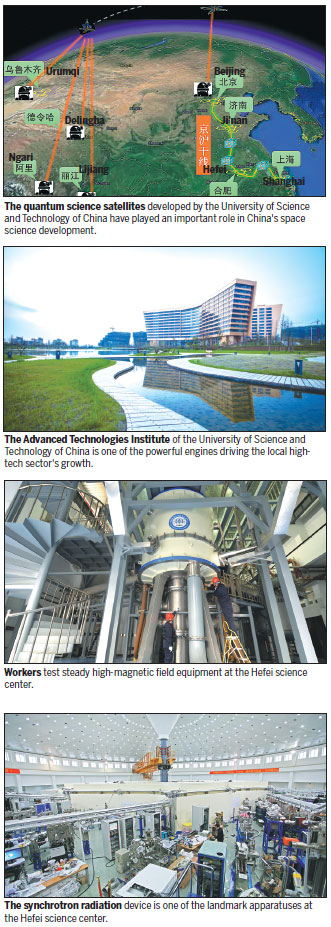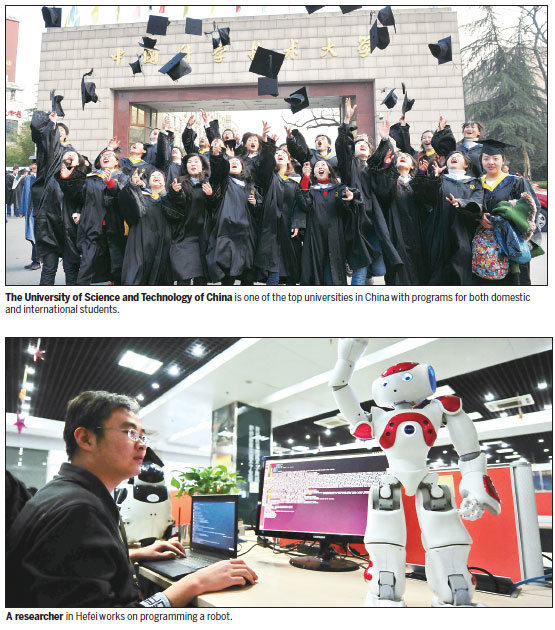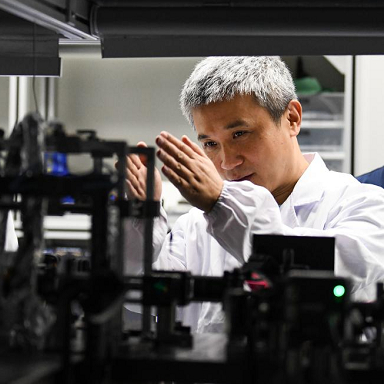Hefei science center to pursue technological specialization
Hefei, the capital city of Anhui province, launched a major project on Feb 27 to construct a comprehensive national science center by the year 2020.
It will be the second comprehensive national science center in China, following Shanghai's Zhangjiang Comprehensive National Science Center, and also the first national innovation platform in the central and western regions of China.
The science center will focus on research of information technology, energy, health and the environment, and will seek breakthroughs in quantum communications, nuclear fusion, smog prevention, cancer treatment and more.
"Comprehensive national science centers are regarded as an important symbol of a country's strength in scientific and technological power. Anhui province is one of the leading provinces to put forward the idea of constructing a national science center, and has continuously made unremitting efforts and all-round preparations," said Lin Nianxiu, vice-minister of the National Development and Reform Commission.
Hefei has attracted many prominent institutions and universities, including the University of Science and Technology of China and the Hefei Institutes of Physical Science under the Chinese Academy of Sciences.
More than 1,000 R&D institutions have settled in Hefei, as well as a number of national-level key laboratories and cutting-edge scientific devices, making Hefei one of the core cities in the country's rising R&D projects.
"Large scientific equipment is at the core of the Hefei science center," said Kuang Guangli, president of Anhui University. The Hefei center currently has equipment for study and use of synchrotron radiation, superconducting tokamak and steady high-magnetic fields.
The next step is to build a new fusion reactor, air quality detection facilities and the fourth-generation synchrotron radiation apparatus.
"We have high expectations for the comprehensive national science center, hoping to put forward a large number of original scientific results and put them into practice to serve economic development," Kuang said.
To support scientific development in the province, Anhui has explored a chain of policies for the transformation of theories or ideas into products, and made progress in protecting original works.
Anhui used to be an agricultural province, but now the innovative, high-tech industries have become an important driving force for the local economy.
In 2016, 15,300 national invention patents were granted to entities and individuals in Anhui, giving the province a leading position in the country. There were 706 newly established high-tech enterprises in the province, producing more than 1 trillion yuan ($145 billion) worth of output that year.
"Construction of the Hefei comprehensive national science center is a milestone in the history of Anhui. We must cherish the chance and make good use of it," said an official at the Anhui provincial committee of the Communist Party of China.
liyou@chinadaily.com.cn


(China Daily 04/11/2017 page25)






